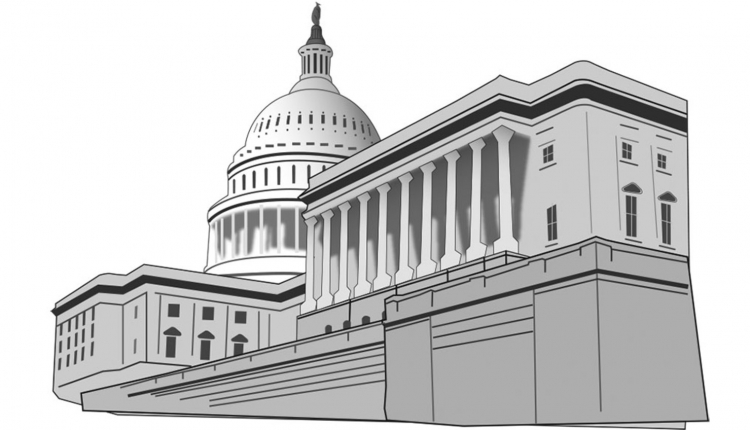As printed in our February 10, 2016 issue...
MILK PRICES CONTINUE TO ERODE as Class III futures for February to July dropped $1.25 on average since early December trading. The March contract of $13.66 represented the low, July's $15.05 was the high.
USDA ECONOMISTS CONCURRED reducing their All-Milk price prediction to $15.75 for 2015 with a range of $15.35 to $16.15. That revised forecast was down $2.20 per cwt. since last May's initial estimate.
IT MAY TAKE SOME TIME for milk prices to rebound. New Zealand, the world's largest dairy exporter, has reduced production 2 percent and stepped up culling by 22 percent, but Europe continues to milk more cows. In the first 11 months of 2015, milk output rose 2.1 percent.
DAIRY PRICES HAVE FALLEN in six of the last seven every-other-week trading sessions at the Global Dairy Exchange. At 74-1/4 cents stateside, nonfat dry milk continues to compete with New Zealand's 89-cent skim milk powder. Meanwhile, U.S. cheese and butter trade at a premium.
BUTTER CONTINUED TO BUOY U.S. milk checks trading at $2.13-1/4 on the spot market. The equivalent Kiwi product only sold for $1.40.
THE BEEF HERD COULD BE GROWING as commercial cow slaughter reached its lowest level since 2005. Looking deeper, beef cow culling rates fell a record 29 percent, while dairy cows were up 5 percent. That meant dairy cows accounted for 57 percent of all cows slaughtered.
CALIFORNIA CONTINUED TO LOSE alfalfa acreage to other higher value crops. At 790,000 acres last year, the legume posted its lowest total since 1938 despite a dairy cow population of 1.78 million. To bridge the gap, more alfalfa will need to be trucked from other Western states.
THE FEDERAL ORDER HEARING PROCESS for California has essentially moved to the review phase. The public now can read the 8,000 pages of testimony and submit corrections by February 15. Post-hearing briefs will be due March 31, with reply briefs completed on May 16. Then, USDA will formulate a "recommended decision" with a potential California dairy producer vote in early 2017.
LOW TRUCKING COSTS CONTINUE to prevail in the Upper Midwest as milk hauling averaged just 15.64 cents per hundredweight last May. That was down from 17.13 cents one year earlier. Those costs creep up to 19.25 cents when removing 667 producers who pay no trucking at all.
HALF THE MILK WAS PRODUCED BY 3.41 PERCENT of the farms in the Central Federal Milk Marketing Order. That proportion tightened from approximately 10 percent since the order's inception in 2000.
DFA SETTLED a class action milk pricing lawsuit in Missouri centered on the CWT herd retirement program. The final payout was $3.5 million.


